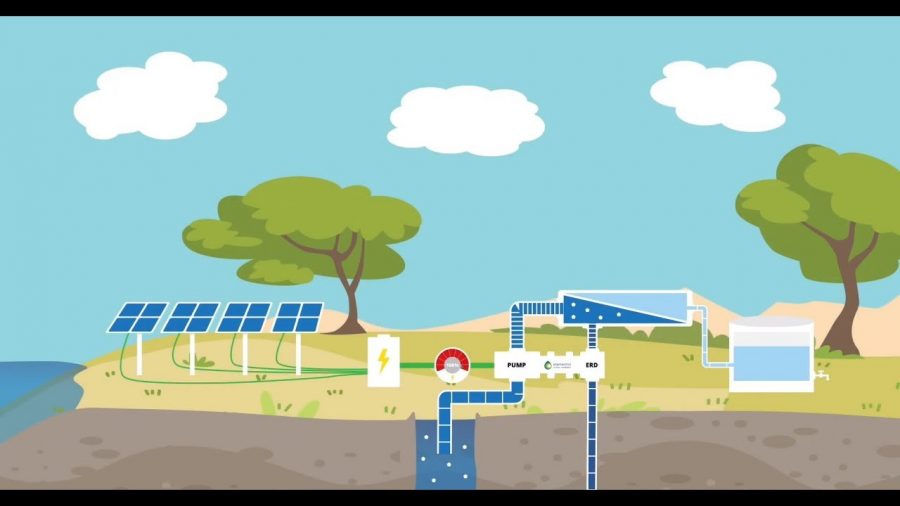Solar Desalination
Carbonized, natural materials present an option to fix the lack of fresh water around the world. Yi Zheng utilizes these natural materials to evaporate and desalinate seawater after putting the substance through extreme heat. A thin film that takes salt out of evaporating seawater is the current technology for desalination, but it is expensive and unsustainable.
Zheng’s technology primarily uses materials such as manure, fallen leaves, paper waste and other byproducts of other industries. He burns these materials at a high heat to make powdered carbon that could be made into foam, which would float at the water’s surface. The foam’s materials and production is relatively cheap, which empowers poorer regions to utilize this technique to combat water shortages.
To filter the water, the foam would be hit by sunlight, which heated it up along with the water underneath it, causing evaporation. The steam would filter through the porous material, which removes salt and contaminants, and condense into fresh, drinkable water. Older desalination methods require electricity to filter the water, but the foam only needs sunlight to filter the water.
The method of using solar energy is not new, but the material is. Membrane distillation is not Zheng’s invention. He bases his process off of membrane distillation, where a heat conducting material heats up seawater after being exposed to high temperatures, causing evaporation and percolation through the material. His invention’s significance comes mainly from its ability to be cheaply produced with no expensive infrastructure. It does not require electricity or technology, allowing third world nations as well as rural locations to remedy their water crises without high costs. Areas lacking infrastructure can use it, as well as areas torn by natural disasters before infrastructure can be replaced.

Phoebe is a sophomore at ANHS. She enjoys reading, writing, and gaming in her free time. She loves spending time outdoors. Being in the Growling Wolverine...






